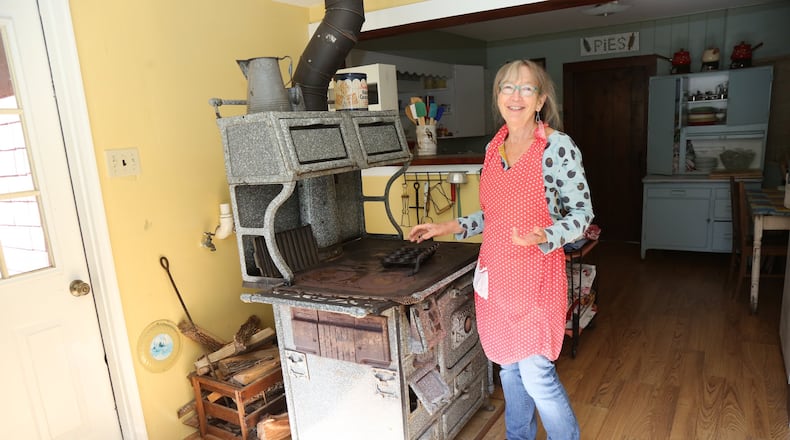Southern Appalachia stretches from Tennessee to North Carolina, up north through Kentucky and the Virginias to the Ohio and Pennsylvania borders, and south past the state lines of Alabama, Georgia and South Carolina. While this swath of mountainous land is vast, the food is hardly homogeneous. In the course of history, Africans, Asians and Europeans all migrated to the region, one already inhabited by Native Americans.
“Its food has neither a linear history nor a predictable shared taste,” writes Mark F. Sohn in “Appalachian Home Cooking: History, Culture, and Recipes.”
From cornbread to stack cake, recipes from the region represent microcosms, but there are commonalities.
Resilience is one. For centuries, self-sufficiency was a necessity for eking out a life in an isolated mountain ridge or valley.
The converse — community — was just as important. A sorghum cookdown, followed by a potluck, group canning sessions, and church functions all provided occasion to come together, generally around food.
“Everyone talks until you’re tired of talking together,” said Sean Brock, who grew up in Wise County, Virginia.
Brock, author of recently released cookbook “South: Essential Recipes and New Explorations” (Artisan, $40), is among a growing number of acclaimed chefs (Katie Button, Ashleigh Shanti), culinary writers and food historians (Ronni Lundy, Ashley English, Barbara Swell), organizations (Southern Foodways Alliance) and regional farmers and producers who are bringing attention to Appalachian foodways.
What forms the core of Appalachian cuisine?
“It’s cooking with the intention of making someone feel something,” Brock said. “It is cooking with nurturing at the forefront, making people feel comforted.
“The food I grew up with was unintentionally complex. We would eat simple dishes like soup beans and cornbread. But no meal was just that. The table would be full of acid, sour, sweet and vibrant things, not because some Appalachian grandma was there to say, ‘Umami.’”
As families and friends gather next week to celebrate Thanksgiving, the table will likely be full of unscripted umami.
In these stories, we hope that you learn about some of the products, places and people that bring umami to the multifaceted Appalachian food scene today.
Read more stories like this by liking Atlanta Restaurant Scene on Facebook, following @ATLDiningNews on Twitter and @ajcdining on Instagram.
About the Author
Keep Reading
The Latest
Featured





